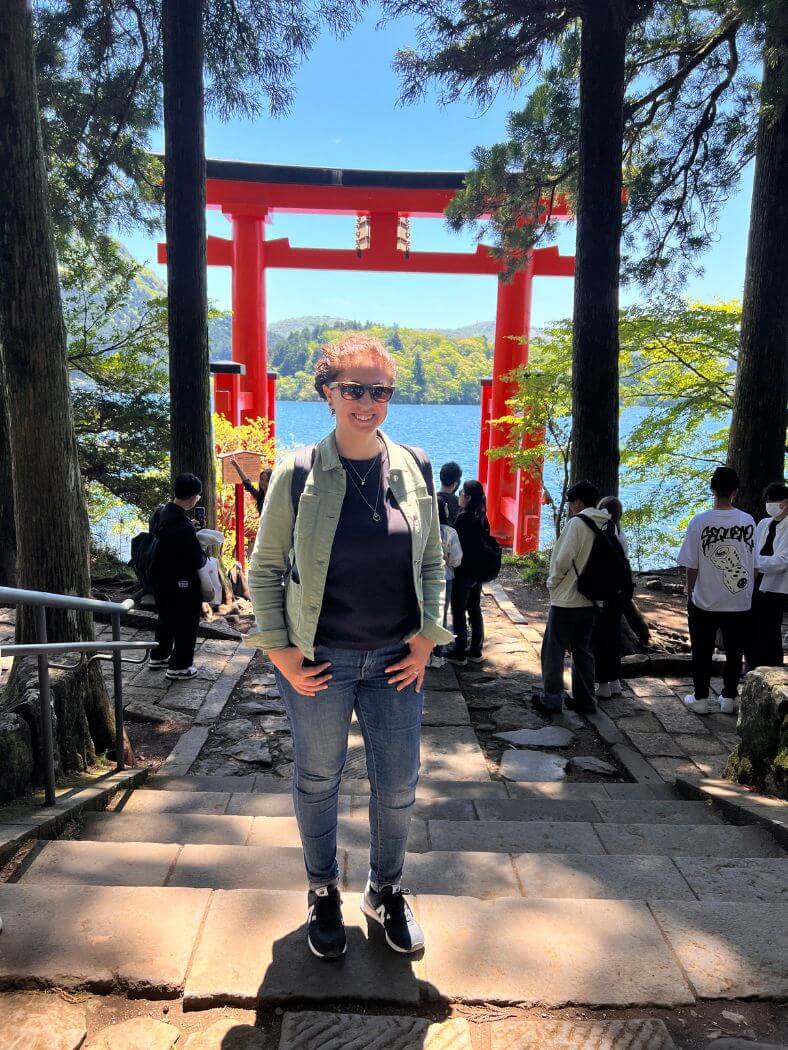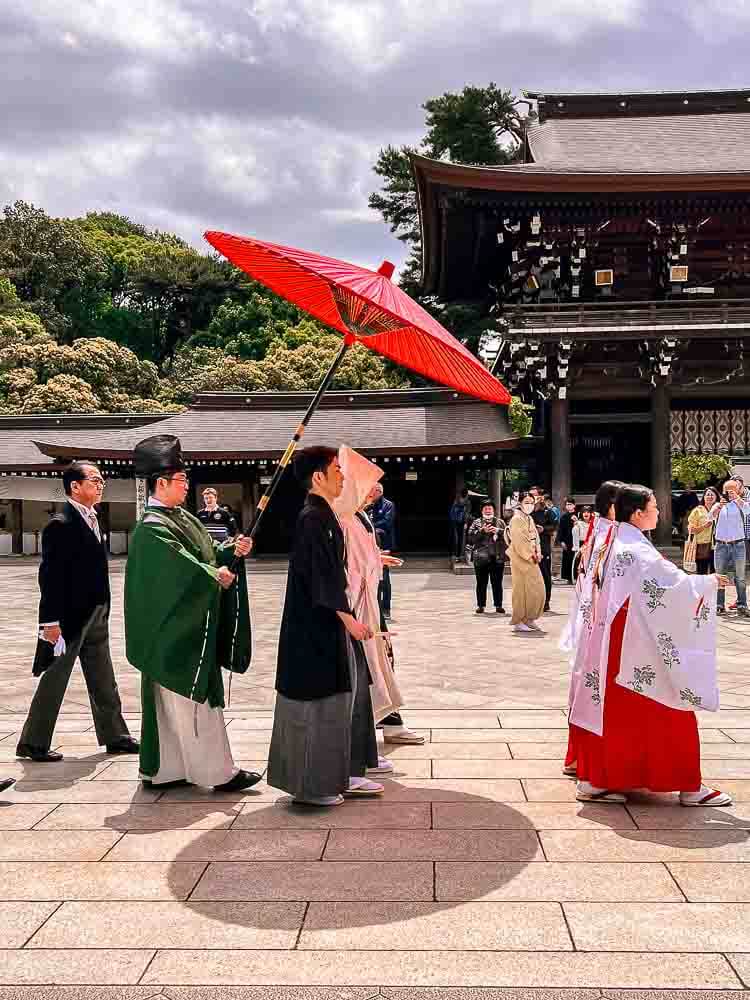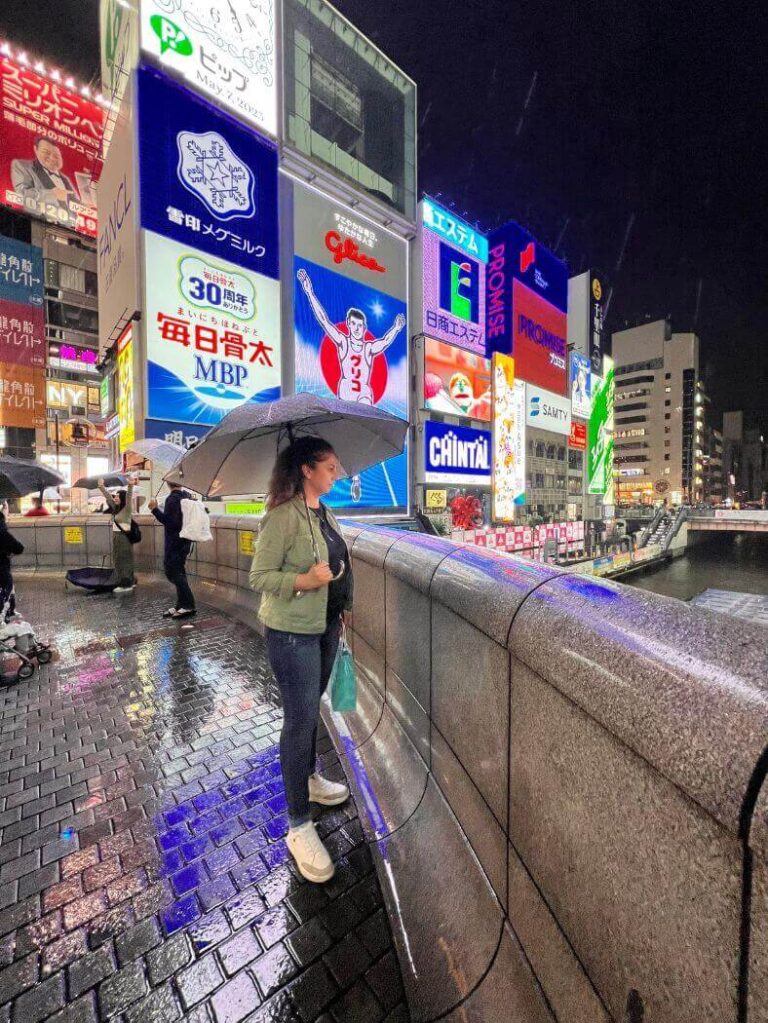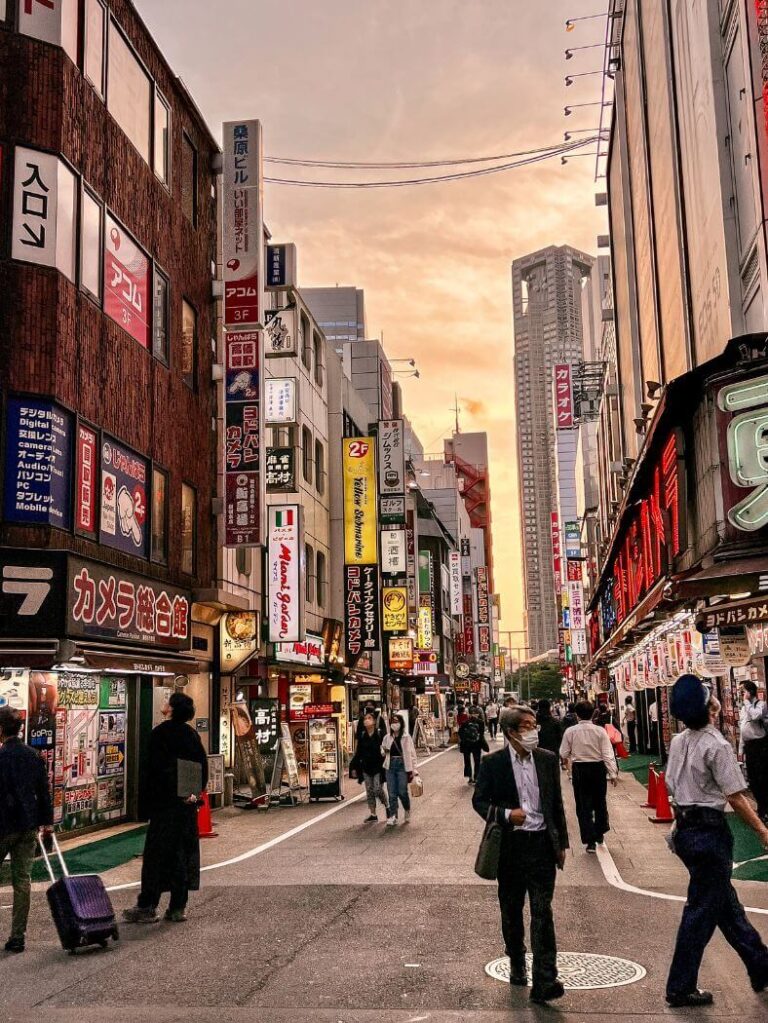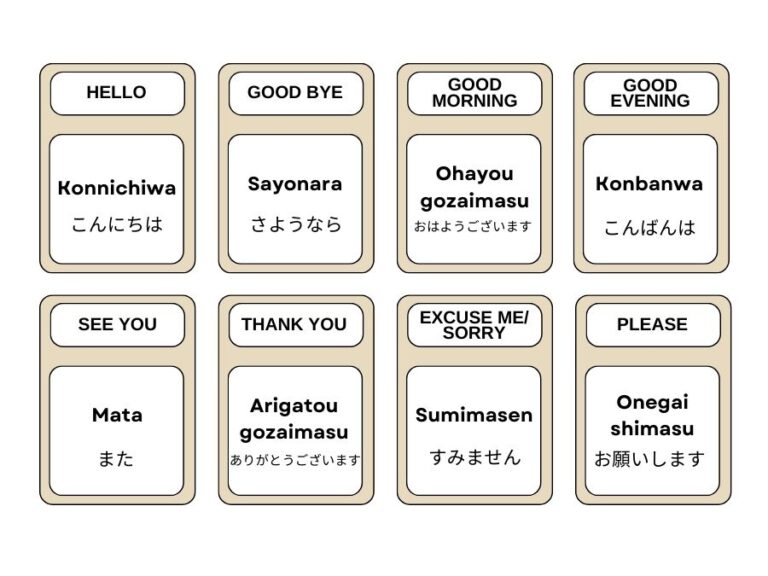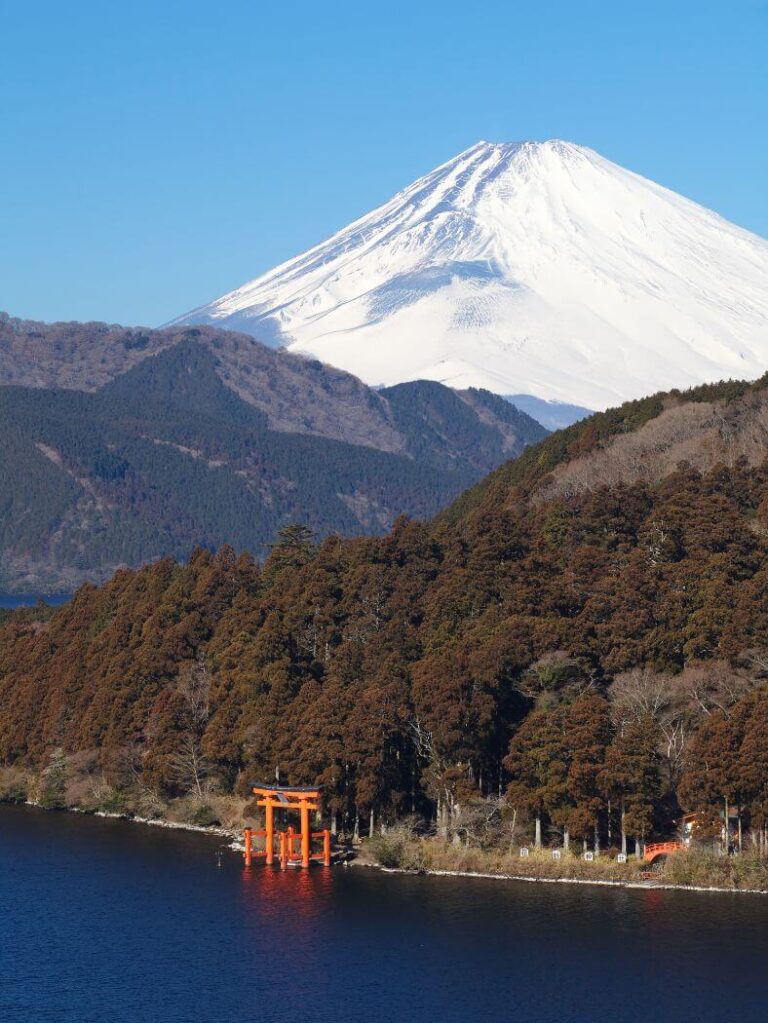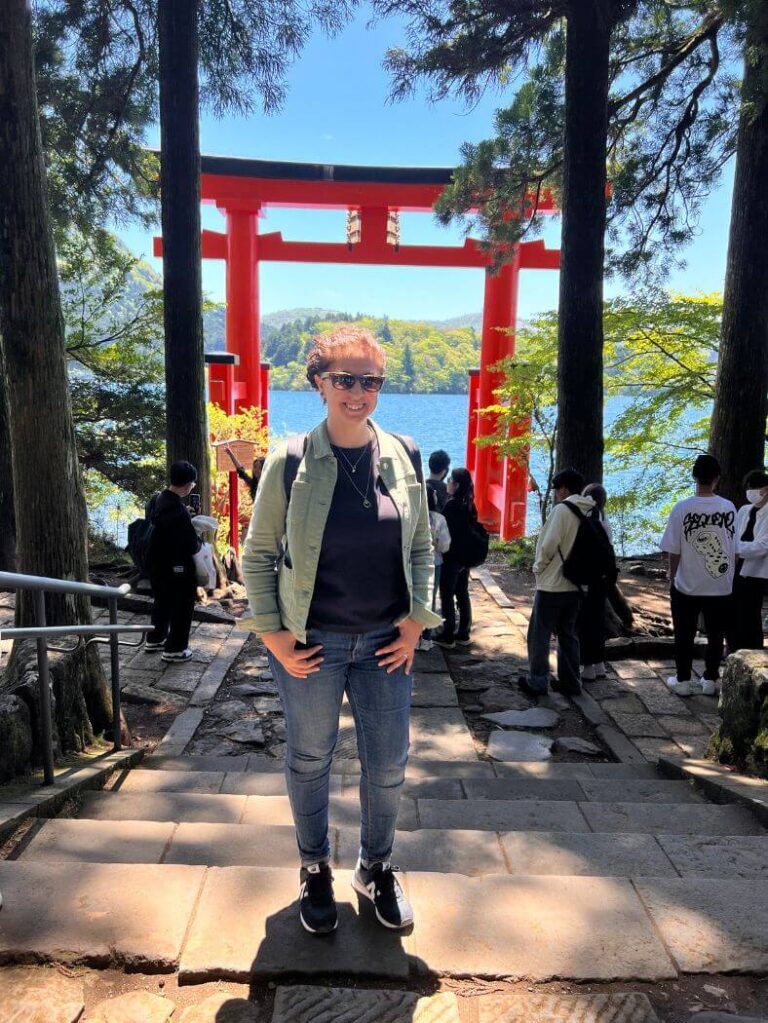Kyoto 4 Day Itinerary: Explore the City’s Unmissable Highlights
Kyoto, Japan’s former capital, offers a rich blend of history and tradition in its numerous temples, shrines, and scenic streets. Ideal for a 4-day visit, Kyoto allows you to experience its highlights and delve into its unique culture.
You’ll traverse different districts, from serene Eastern gardens to lively Central markets, discovering Kyoto’s multifaceted charm.
This journey not only covers iconic landmarks but also reveals hidden gems, ensuring a memorable exploration of Kyoto’s authentic side.
Key Takeaways
- A 4-day itinerary lets you experience the best of Kyoto’s attractions and culture.
- Exploring each area of the city unveils the unique charm and beauty of Kyoto.
- Venture beyond the tourist spots to discover hidden gems and immerse yourself in Kyoto’s rich history.
Day 1: Explore the East of Kyoto
Kinkaku-Ji (The Golden Pavilion)
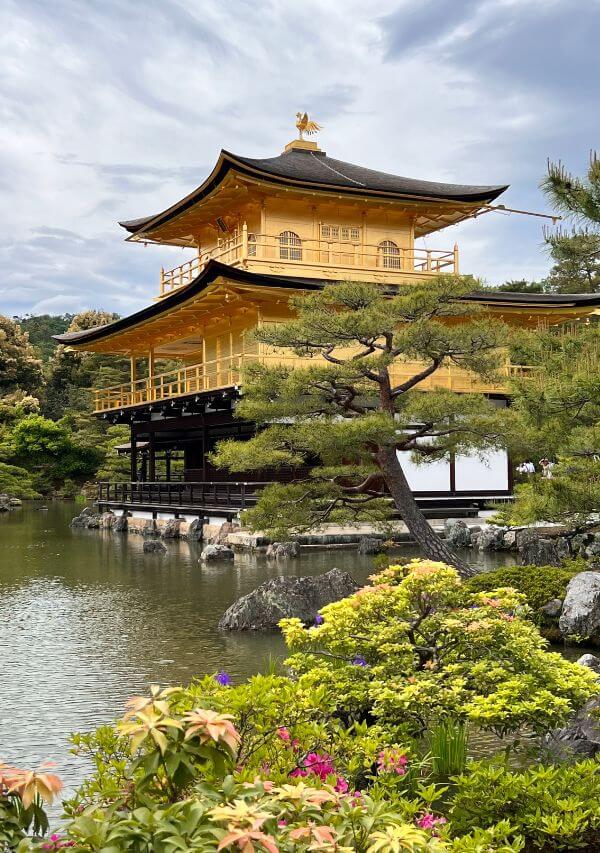
Kickstart your Kyoto journey with the mesmerizing Kinkaku-Ji Temple, renowned as the Golden Pavilion. This iconic Zen temple blanketed in gold leaf, stands as a testament to Kyoto’s rich cultural heritage.
Not only is it a major attraction in Kyoto, but it’s also a photographer’s paradise, set amidst stunning gardens that reflect the changing seasons.
To fully embrace its serene atmosphere, plan to arrive early, beat the crowds, and immerse yourself in the peaceful morning ambiance of this historic site.
Ryoan-Ji Zen Garden
After the Golden Pavilion, make your way to the Ryoan-Ji Zen Garden. This historic site is renowned for its rock garden, where you can appreciate the art of Zen meditation and Japanese aesthetics.
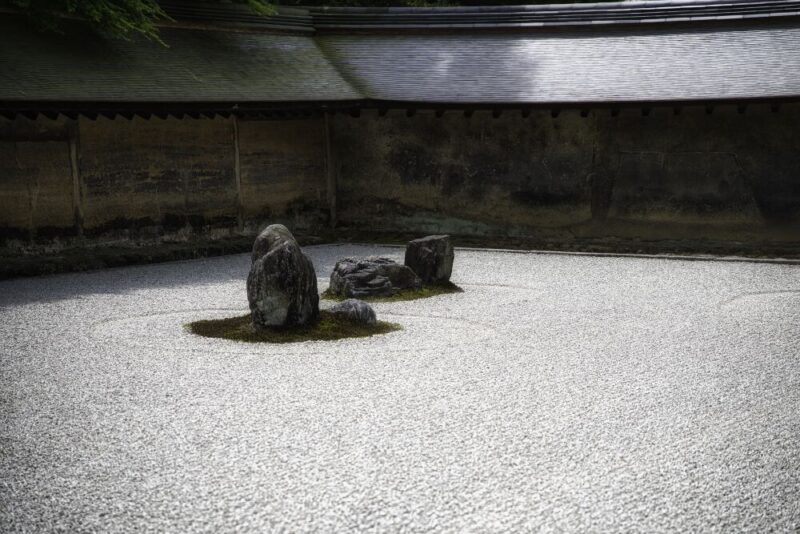
Take your time to observe the carefully arranged rocks and appreciate the garden’s serenity.
*As one of the city’s most famous Zen gardens, it becomes a must-visit. However, honestly, if you find yourself short on time or it’s out of your way, you can skip it without fear of missing out.
Stroll Through the Higashiyama District
Next, explore the picturesque Higashiyama District. This well-preserved area gives you a glimpse of traditional Kyoto, with its narrow streets, wooden buildings, and elegant shops.
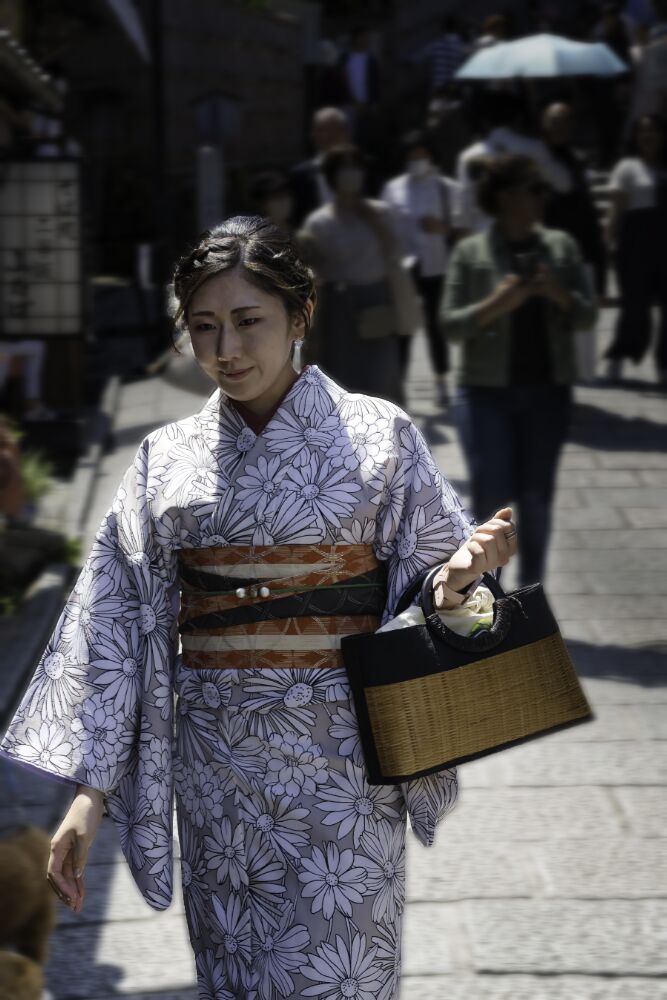
Don’t miss visiting Kiyomizu-Dera Temple, a must-see on your first trip to Kyoto. The temple is known for its impressive wooden structure, and if you visit in spring, you’ll be rewarded with stunning cherry blossom views.
Visit Ginkaku-Ji (The Silver Pavilion)
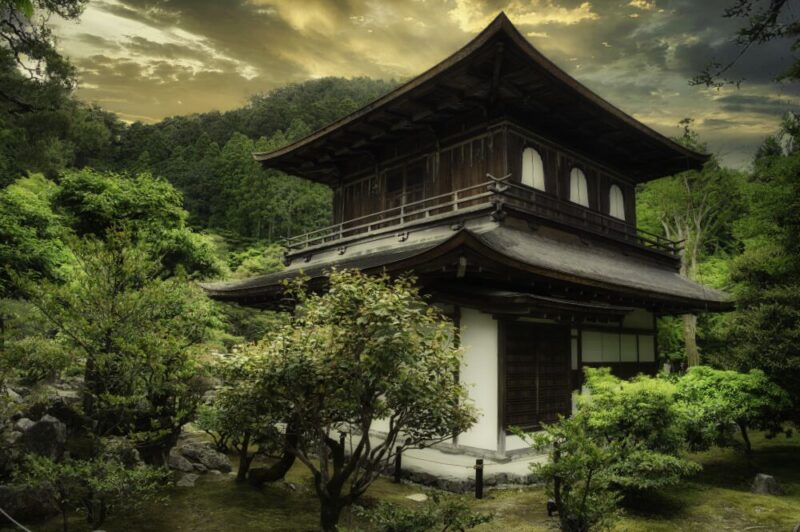
Continue your journey with a visit to Ginkaku-Ji or the Silver Pavilion. While not covered in silver, this Zen temple features beautiful gardens and a unique sand sculpture representing Mount Fuji.
Enjoy a peaceful walk through its grounds and take in the views of the surrounding mountain scenery.
Walk Along the Philosopher’s Path
Conclude your first day in Kyoto with a stroll along the Philosopher’s Path. This scenic trail, named after a famous philosopher who often walked the path to meditate, follows a canal lined with cherry trees and provides access to numerous temples and shrines.
It offers a serene atmosphere, allowing you to reflect on your experiences in Kyoto’s eastern temples and gardens.
Day 2: Discover the South of Kyoto
Fushimi Inari Taisha Shrine
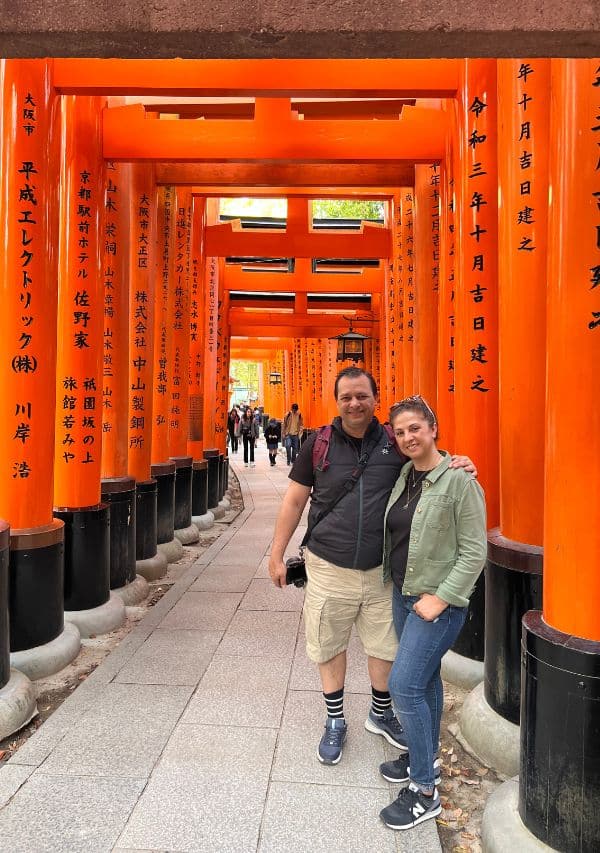
Start your day with a visit to the iconic Fushimi Inari Taisha Shrine. This famous Shinto shrine is known for its thousands of vermilion torii gates, which create a mesmerizing path up Mount Inari. It’s a must-see on your Kyoto itinerary.
The shrine is accessible by train and a short walk from either Fushimi-Inari or Inari Station. Arrive early to avoid crowds and enjoy the serene atmosphere during your leisurely hike up the mountain.
We visited at 6 AM, and there were already people leaving. Our visit was in May when sunrise is around 5 AM, so if you want to capture the sunrise in your photos, you must arrive even earlier.
Of course, the earlier you get there, the fewer crowds you’ll encounter. By 8 AM, it starts to get incredibly crowded.
Lunch in the Fushimi Inari Area
After exploring the shrine, head back to the surrounding area for a well-deserved lunch.
Numerous restaurants and street vendors offer local cuisine, including Inari sushi, a Kyoto specialty made with sweetened rice wrapped in fried tofu pockets. Refuel and prepare for the afternoon’s activities.
Visit Tofuku-Ji Temple
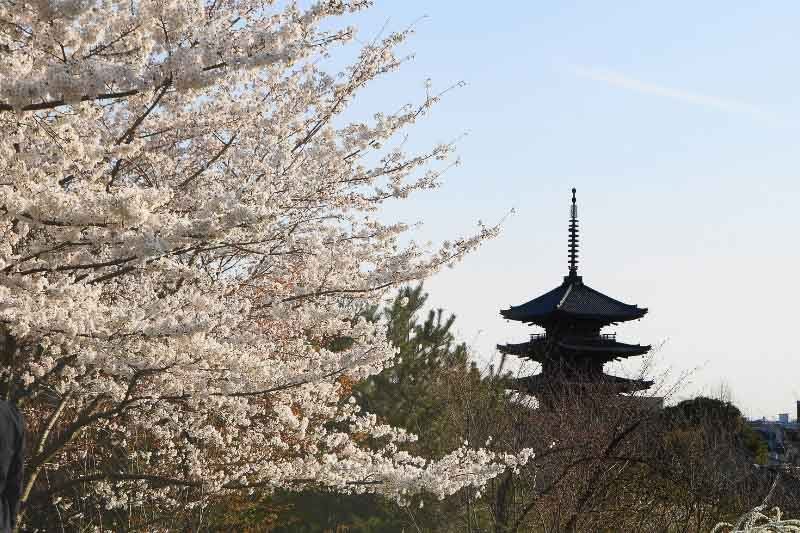
Next on your itinerary is Tofuku-Ji Temple, a short train ride from Fushimi Inari. As one of Kyoto’s largest Zen temples, Tofuku-Ji boasts a beautiful garden and spectacular autumn foliage.
While exploring this temple, take note of the Tsuten-kyo Bridge and the picturesque Zen gardens surrounding the complex.
Explore the Gion District
Finally, visit the historic Gion District to experience traditional Japan. Stroll along the charming streets lined with wooden machiya-style buildings and tea houses.
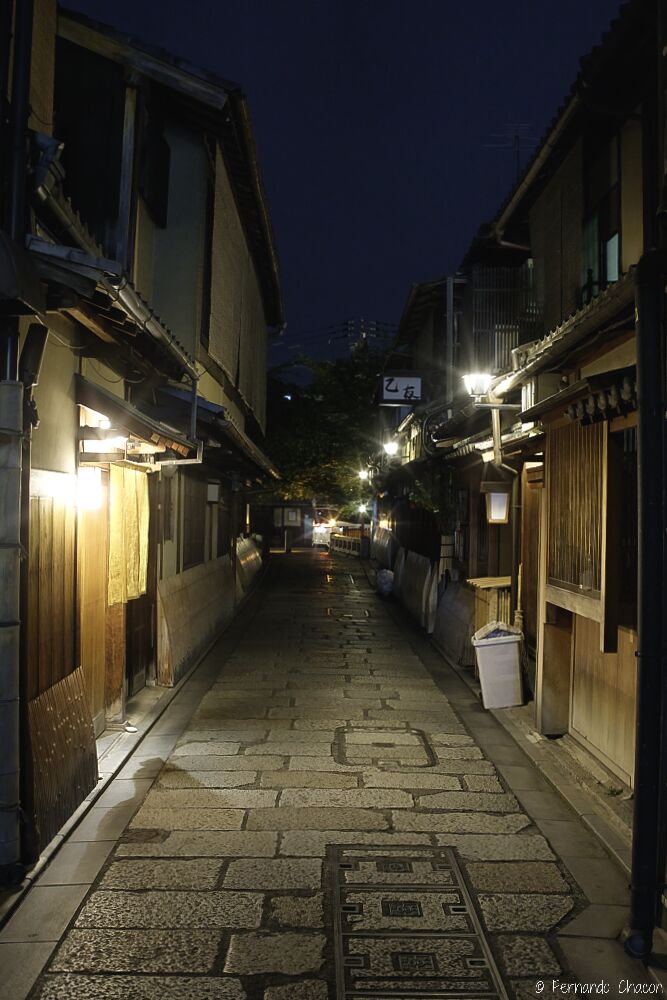
Look for geishas, often spotted in the area, particularly around dusk. Gion is also home to Yasaka Shrine, a must-visit attraction. Before leaving, grab dinner at one of the many restaurants offering an authentic Japanese dining experience.
Remember to book your accommodation in advance to secure a comfortable place to stay during your Kyoto trip. Numerous options are available, ranging from modern hotels to traditional ryokans, ensuring you have the perfect base to explore the city.
Day 3: Journey to the West of Kyoto
Explore the Arashiyama Bamboo Grove
On day 3, it’s time to discover the picturesque west side of Kyoto. Start your day with a visit to the iconic Arashiyama Bamboo Grove.
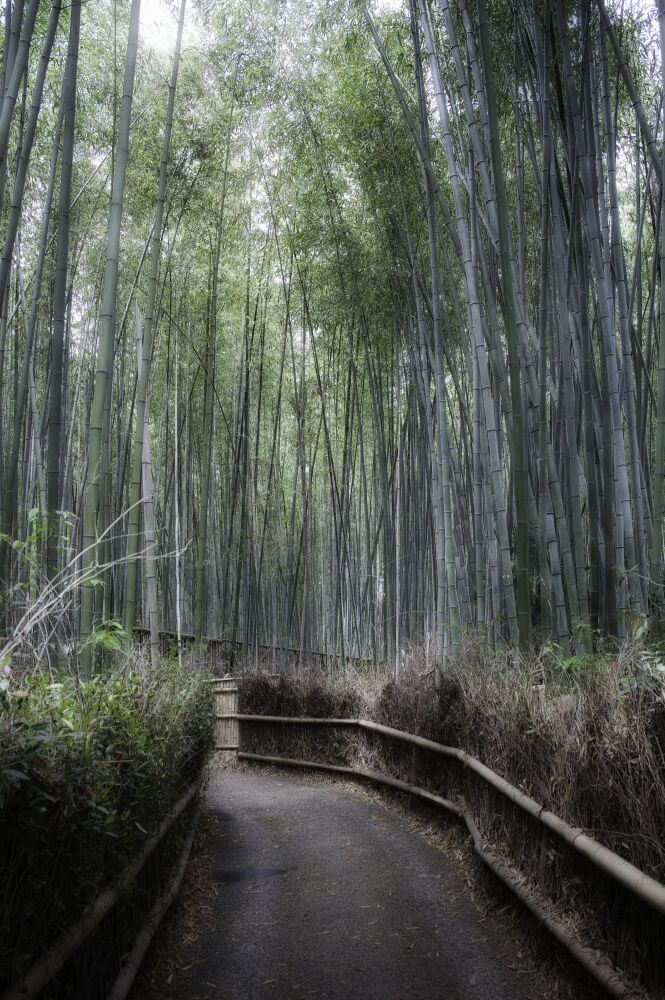
When you visit Arashiyama, explore both sides of the river. On one side, you’ll find the bamboo forest. I recommend going early in the morning to avoid the crowds, as it can get incredibly busy later on. If you have time, visit the other riverbank.
There, you’ll discover a monkey park, and if you continue climbing a few steps, you’ll reach a small, cozy, and authentic Buddhist temple.
We stumbled upon it by accident because we took the wrong riverbank, but it was a highly recommendable visit, perfect for escaping the chaos of the Arashiyama bamboo grove.
Visit Tenryu-Ji Temple and Sogenchi Gardens
After exploring the bamboo grove, head to the nearby Tenryu-Ji Temple. This UNESCO World Heritage site is one of Kyoto’s most famous Zen temples.
Admire the temple’s stunning architecture and soak in its rich history. Within the temple grounds, you’ll find the beautiful Sogenchi Gardens. These historic gardens feature a pond reflecting the surrounding mountains, creating a peaceful and captivating atmosphere.
Stroll Across the Togetsukyo Bridge
Next on your itinerary is the Togetsukyo Bridge. This picturesque bridge spans the Katsura River and offers breathtaking views of the Arashiyama mountains.
Take a leisurely walk across the bridge and soak in the surrounding scenery. Don’t forget to snap some photos, as it’s a popular spot for capturing the iconic Arashiyama landscape.
Visit Gio-Ji Temple Garden
Conclude your day with a visit to the charming Gio-Ji Temple Garden. This small, moss-covered temple is tucked away in a quiet corner of Arashiyama.
The garden is known for its lush moss, ancient maple trees, and a thatched-roof main hall. Take your time to appreciate the peaceful atmosphere and the beauty of the garden’s natural elements.
It’s the perfect place to unwind and reflect on your day’s adventures west of Kyoto.
Day 4: Enjoy the Center of Kyoto
Kenrokuen Garden
Begin your day with a visit to the tranquil Kenrokuen Garden, one of the most beautiful gardens in Japan.
As you stroll through the meticulously landscaped grounds, enjoy the serene atmosphere and admire the harmonious blend of water, plants, and stones. Make sure to photograph the iconic Kotoji-toro, a two-legged stone lantern.
Arrive early to avoid the crowds and enjoy your time in this botanical masterpiece.
Visit Nijo Castle
Next, head to Nijo Castle, an impressive UNESCO World Heritage site and former residence of shoguns. Explore the majestic Ninomaru Palace, known for its elaborate woodwork and well-preserved paintings.
As you walk through the palace, pay attention to the “nightingale floors,” designed to squeak like birds to deter intruders. Don’t forget to wander the stunning gardens surrounding the castle, especially the cherry and plum tree groves that bloom beautifully in spring.
Nishiki Market
After visiting Nijo Castle, make your way to the bustling Nishiki Market. This vibrant market stretches over five blocks and offers an array of local delicacies, fresh produce, and unique souvenirs.
Sample traditional Japanese snacks, such as yakitori (grilled skewers) or takoyaki (octopus balls), and indulge in mouth-watering sweets.
Take your time browsing the variety of stalls, and don’t be afraid to converse with friendly shopkeepers for a more engaging experience.
Stroll Through the Pontocho District
Finally, spend your evening exploring the charming Pontocho District. This narrow alleyway along the Kamogawa River has traditional wooden townhouses, lantern-lit streets, and many dining options.
Choose from quaint izakayas, upscale kaiseki restaurants, or even riverside dining establishments. Pontocho also offers a glimpse into Kyoto’s geisha culture, as you may spot maiko and geiko gracefully making their way to evening appointments.
This enchanting district is the perfect place to savor your last night in Kyoto, reflecting on your unforgettable four-day journey through the city.
Getting to Kyoto
Arriving at Kansai International Airport (KIX)
Kansai International Airport (KIX) is the main international gateway to the Kyoto region. If you’re coming from Tokyo or other parts of Japan, you’ll likely arrive at the Osaka Itami Airport or the Kobe Airport. After landing at KIX, you must go to Kyoto City Center.
Transport from the Airport to Kyoto City Center
There are several transportation options available to get you from KIX to Kyoto:
- Train: The Limited Express Haruka train operated by JR West is the most convenient option. With a travel time of approximately 75 minutes, this train takes you directly from KIX to Kyoto Station. If you have a Japan Rail Pass, you can use it for this journey.
- Bus: Airport limousine buses are another option, taking about 90 minutes to reach Kyoto Station from KIX. The one-way ticket price is around 2,600 yen per adult.
- Car: Renting a car is possible at KIX, but driving in Kyoto can be challenging due to traffic congestion and limited parking availability. It is recommended to use public transportation instead.
Using Public Transportation (Buses, Trains, Subways)
Once you’re in Kyoto, you have several options for getting around the city:
- Kyoto City Bus: Buses cover most of the city and operate on a flat fare system. A one-day pass costs 600 yen, saving you money if you take multiple trips.
- Subway: Kyoto has two subway lines – the Karasuma Line and the Tozai Line – which are useful for reaching specific areas, such as downtown and the eastern part of the city. If you plan to use the subway frequently, consider buying an ICOCA card or a one-day subway pass for 900 yen.
- Japan Rail (JR): The JR lines serve Kyoto and can also be used to explore surrounding areas like Nara and Arashiyama. If you have a Japan Rail Pass, you can use it for these trips.
- Trains & Trams: Private train lines, such as Hankyu, Keihan, and Randen, connect different city areas and are a convenient mode of transportation for your Kyoto itinerary.
By using a combination of these public transportation options, you can easily navigate your way around Kyoto during your 4-day itinerary, ensuring a stress-free and enjoyable experience in this beautiful city.
Accommodation
Check-In and Settle into Accommodation
Upon arrival in Kyoto, you must check in and settle into your chosen accommodation. Kyoto offers a wide range of options to suit your preferences and budget.
Some popular areas to stay in Kyoto include Downtown Kyoto, Gion, and Higashiyama, making it easy for you to navigate your 4-day itinerary.
If you haven’t already booked your accommodation, consider using a website like Booking.com to explore the variety of options available in Kyoto, Japan. From traditional Japanese ryokans to modern hotels or budget-friendly hostels, you can find the perfect place for your vacation.
Confirm Check-Out Procedures and Policies
During your stay in your chosen Kyoto accommodation, confirm the check-out procedures and policies. Understanding these procedures will help avoid last-minute surprises or charges as you depart. Common policies to be aware of include:
- Check-out time
- Luggage storage options after check-out
- Possible fees for late check-out
- Instructions for leaving your key or access card
Getting Around Kyoto
Understanding Kyoto’s Public Transportation System
In Kyoto, you’ll find an efficient public transportation system that includes buses, trains, and subways. As a visitor looking to explore the city on a 4-day itinerary, it’s essential to familiarize yourself with these options to make your experience smoother and more enjoyable.
The majority of Kyoto’s attractions are well-connected by the city’s public transportation, particularly by buses. Kyoto buses serve almost every city corner, while the subways and trains cover specific areas.
The Kyoto City Bus and Kyoto Bus Company operate the city’s bus networks, and they are perfect for short-distance travel within Kyoto.
Obtaining Transport Passes (e.g., Kyoto City Bus Pass)
To make your journey around Kyoto more budget-friendly, consider obtaining a transport pass. One such pass is the Kyoto City Bus Pass, which allows unlimited bus rides within a designated area.
These passes are available for 1, 2, or 3 days and can be purchased at Kyoto Station or bus ticket offices.
Here’s a quick breakdown of the costs:
- 1-day pass: 600 yen
- 2-day pass: 1,000 yen
- 3-day pass: 1,500 yen
Using Trains and Subways
Besides buses, Kyoto has two subway lines and several train lines that connect you to different areas within the city.
Kyoto Station is the central transportation hub, and you can easily board trains or subways here. Trains like JR Nara Line, JR Sagano Line, and the Kintetsu Railway could help reach various attractions.
However, be mindful that most temples and shrines are not directly accessible by train or subway, and you might need to walk or use buses to reach your destination.
Plan Your Trip to Japan
- How to Plan a Trip to Japan
- How to use the JR Pass
- Best Airport in Tokyo
- Japan in 11-Day Complete Itinerary
- Important Japanese Phrases for your trip to Japan
- 50 Best Things to Do in Tokyo
- Best Things to Do in Osaka
Last Updated on 3 March, 2024 by Veronica
Disclosure: Some of the links on this post are affiliate links, meaning at no additional cost to you, I may earn a small commission if you click through and make a purchase.
Author: Veronica
Vero, a seasoned traveler, has explored 25 countries and lived in five, gaining a rich perspective and fostering an infectious passion for travel. With a heart full of wanderlust, Vero uncovers the world’s hidden gems and shares insights, tips, and planning advice to inspire and assist fellow adventurers. Join Vero and let the shared passion for travel create unforgettable memories.
